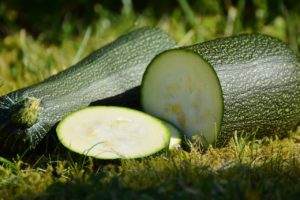For centuries on end, herbalists in Tibet and Mongolia have recommended small red berries called ‘Goji’ as a remedy for those suffering from a variety of problems. In fact, the people of Tibet and Mongolia hold a two-week annual festival in honor of the goji berry. Many of them have nicknamed the goji berry “happy berry” because in common folklore “to eat goji in the morning will lead to smiles all day”.
But respect for the goji berry isn’t confined to the foothills of Tibet and Mongolia. The goji berry has been used for hundreds of years as a tonic in Chinese medicine. During the Tang dynasty (A.D. 772-842), poet Liu Yuxi wrote a poem celebrating the nourishment of “body and spirit” brought about by the goji berry. Without a doubt, the people of this region of the world love the goji berry. But the goji berry’s introduction to the Western world is still fairly recent, so the berry remains a relatively unknown fruit for a large fraction of the world’s population. So what is a goji berry? And why is it so loved?
What is a goji berry?
The term goji berry technically refers to the Tibetan goji berry, also known as Lycium Barbarum (its Latin name). It is a member of a family of flowering plants known as the Solanaceae, a plant family which also includes within its ranks potatoes, tobacco, and tomatoes. Roughly eighty different varieties of lycium berry exist, including the Chinese Wolfberry (often touted by Chinese healers as a cure for male sexual dysfunction). However, the Chinese Wolfberry is only considered a genetic cousin of Lycium Barbarum and not a true goji berry.
Goji berries grow on small green-leafed vines that yield a bright red fruit with a shape most resembling a raisin. The berries are extremely delicate, and during harvest, they are shaken from the vine rather than being picked. To avoid spoiling, they are slowly dried in the shade. The texture of a goji berry is very chewy, and its taste is often described as a cross between a raisin and a cranberry. Several additional names are used to describe the goji berry, such as happy berry, gouqi, and gou qi zi.
What makes the goji berry so potent?
Goji berries are believed to be a rich source of vitamins and nutrients with each goji berry purported to contain 18 different amino acids and vitamins B1, B2, B6, C, and E. It is believed that goji berries contain more beta carotene than is found in carrots of equal size. And the goji berry is touted as one of the richest sources of vitamin C in the world, trailing only the Australian billygoat plum and the South American camu camu. Goji berries are also believed to contain zinc, iron, calcium, phosphorus, selenium, and germanium in varying quantities. As a rich source of many of the vitamins and minerals essential to nutrition, goji berries are filled with antioxidants.
The unique properties endemic to the Tibetan goji berry make it one of the more fascinating fruits on Earth. As consumption of the goji berry grows in popularity in other parts of the world, our knowledge of the plant itself is certain to increase. Until then, do yourself a favor and enjoy a delicious goji berry!






